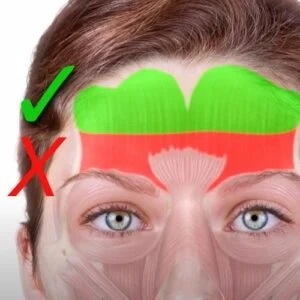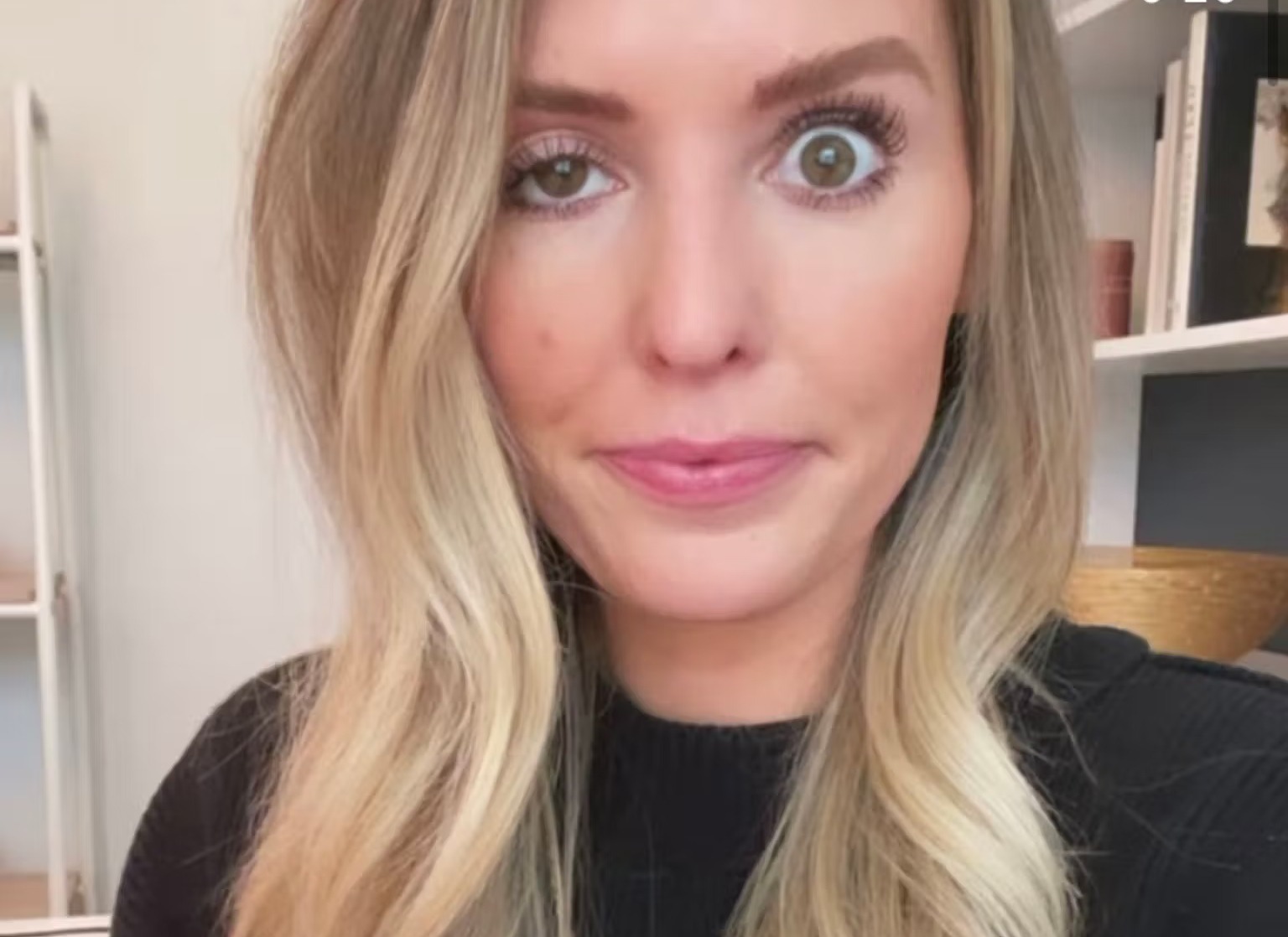Eyelid ptosis, or drooping of the upper eyelid, is a rare but recognized complication following Botox (botulinum toxin) treatment in the forehead. Botox is a widely used non-surgical treatment for smoothing dynamic wrinkles and fine lines by temporarily relaxing facial muscles. While generally safe when administered by qualified professionals, improper technique or anatomical factors can lead to unwanted side effects, including ptosis. Understanding its causes, prevention, and treatment is essential for both practitioners and patients.
Causes of Eyelid Ptosis After Botox
Eyelid ptosis occurs when Botox diffuses to the levator palpebrae superioris muscle, which is responsible for lifting the upper eyelid. This muscle is located near the orbital septum, a thin layer of tissue separating the forehead muscles from the structures of the eye. If Botox migrates into this area, it can inadvertently weaken the levator muscle, causing the eyelid to droop.
Several factors can increase the likelihood of this complication:
- Injection Technique: Incorrect placement of Botox, especially injections too close to the orbital rim, can lead to diffusion into the unintended muscles.
- Dosage: Administering excessive doses of Botox in certain areas can increase the risk of migration.
- Patient-Specific Anatomy: Individual variations in facial muscle structure and skin thickness can influence the diffusion of Botox.
- Post-Treatment Behavior: Activities such as lying down, massaging the treated area, or engaging in strenuous exercise shortly after treatment can contribute to Botox spreading.
Symptoms of Eyelid Ptosis
 Eyelid ptosis can manifest within a few days to two weeks after treatment. Common symptoms include:
Eyelid ptosis can manifest within a few days to two weeks after treatment. Common symptoms include:
- Drooping of the upper eyelid on one or both sides.
- A feeling of heaviness around the eyes.
- Impaired field of vision, particularly in severe cases.
Although the condition is typically temporary, it can last for 3–4 months until the Botox effects wear off.
Prevention Strategies
 Minimizing the risk of eyelid ptosis involves both patient and practitioner responsibilities:
Minimizing the risk of eyelid ptosis involves both patient and practitioner responsibilities:
- Expert Practitioner: Choosing a qualified and experienced injector is critical. Practitioners trained in facial anatomy are better equipped to identify safe injection sites and administer the correct dosage.
- Proper Injection Sites: Avoiding injections too close to the orbital rim and targeting the correct muscles reduces the likelihood of unintended diffusion.
- Patient Education: Patients should be advised to avoid lying down, rubbing their face, or engaging in vigorous activity for at least 4–6 hours post-treatment.
Management and Treatment
If eyelid ptosis occurs, the condition is self-limiting and will resolve as the Botox effect diminishes. However, there are measures to alleviate symptoms and speed up recovery:
- Apraclonidine Eye Drops: These drops stimulate the Müller’s muscle, a secondary eyelid elevator, providing temporary relief by lifting the eyelid slightly.
- Physical Support: Patients can use eyelid tapes or other devices to support the drooping eyelid.
- Follow-Up Consultations: Regular monitoring by the practitioner ensures appropriate care and reassures the patient.
Legal and Ethical Considerations in the UK
In the UK, Botox treatments are regulated as prescription-only procedures, which must be administered by licensed healthcare professionals such as doctors, dentists, or nurses. Patients considering Botox should verify the credentials of their practitioner and ensure the treatment is performed in a regulated clinic. Practitioners must also provide thorough consultations, highlighting potential risks, including eyelid ptosis.
Conclusion
Eyelid ptosis following forehead Botox is an uncommon but distressing complication that underscores the importance of proper technique, anatomical understanding, and patient care. While temporary, the condition can impact both appearance and quality of life. Prevention, early intervention, and choosing experienced practitioners in the UK are vital to minimizing risks and ensuring optimal outcomes for patients seeking Botox treatments.

